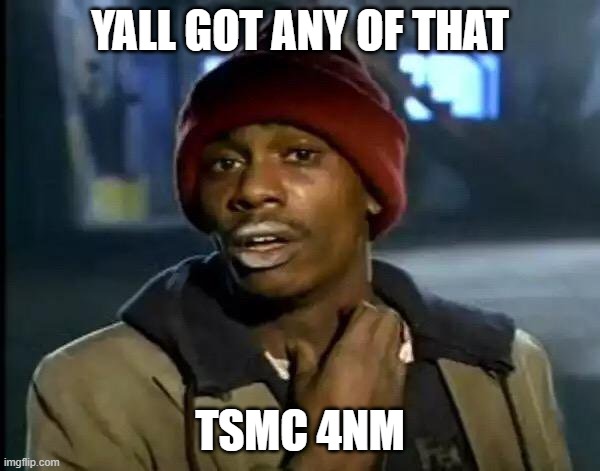DF has looked at RT on the Steam Deck and ROG Ally. The Deck is tested primarily through Steam OS, but windows on the Deck doesn't provide the same level of performance (e.g. it's a lot lower), thus highlighting the excisting driver and windows quirks on the Deck.
There's not much of new conclusions to base speculation on, but it does provide an updated framing of how RT works on a handheld format with current day devices.
If the Series S is the lowest denominator in the current home console space, then these handheld are the equivalent in the handheld space for current-gen games.
One interesting thing to not is that all of the tested hardware is made on or has evolved from RDNA2 (the ROG Ally is RDNA3). Some relative comparisons are performed between these devices, where they mention how the Series S doesn't have RT effects, whereas the Steam Deck at its targeted resolution is able to run it at a playable level.
Companion article:
https://www.eurogamer.net/digitalfoundry-2024-steam-deck-rt-tested-vs-rog-ally
The resolution at which they primarily test at is 720p or upscaled to 720p.
I wish they provided some additional metrics also (e.g. memory use, power usage), but on the other hand they're not really that unknown from previous testing.
ROG Ally's RDNA3 is able to provide the performance uplift over the Steam Deck, but it's power usage is also higher.
Tested titles are:
- Control
- Doom Eternal
- Alan Wake 2
- Avatar Frontier's of Pandora
- Crysis 2 Remastered
- Persona 3 Reload
- Cyberpunk 2077
- Metro Exodus Enhanced edition
I wish Oliver had access to the RTX 2050 (4GB) that Rich had used for his faux-T239 tests, although I presume that the low VRAM would be too constrained even at the low resolution.
One specific title that stands out and something that
@ILikeFeet already brought up once when Avatar:Frontier's of Pandora was released, is that the ROG Ally even with its hardware grunt doesn't provide a playable experience and stutters when traversing through the world.
Although Oliver doesn't say it, it does highlight how the limited bandwidth of these handheld can be constraining in current day's titles, but for the Switch 2 there'll be a bespoke port so certain aspects of that can perhaps be remedied. Moreover, VRAM usage on AMD and NVIDIA aren't 1 to 1 and there are certain nuances that can make a difference (e.g. architectural differences, API).


